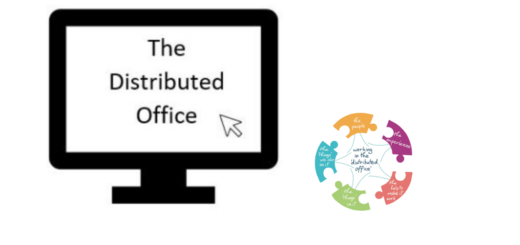Using Microsoft Teams for Ad-hoc Query Resolution
| What needs does this meet? | Sharing information; Ad-hoc query resolution; Keeping in touch; Collaborating remotely. |
| How long will it take to set up? | 10 minutes |
| How long before I start to see the value? | Immediate |
| What do I need to know/do before doing this? | There is no prior learning/training required |
| How difficult to set up? |
Hi everyone,
Since our last update on the Distributed Office there have been changes to how we, as a University, are managing not only the students return/introduction to campus but also our own. The need for a clearer picture of the jobs to be done in the Distributed Office, the tools we use to do them and how we use those tools is greater than ever as we continue into this familiar time of year within this unheimlich context!
Following consultation with the USM Remote Working Group, ad-hoc query resolution was noted as being of particular relevance right now.
Ad-hoc query resolution, in the context of the Distributed Office, is really about four things:
- How I get the information I need when I need it in the fastest way
- How I give the information others need when they need it in the fastest way
- How I stay in touch with what’s going on around me?
- How do I get what I think others should know “out there”?
We have placed our focus on one of these themes, ‘How I stay in touch with what’s going on around me?’ to guide us in how best to support the university community as they support each other and their students.
From the fact-finding survey, where we discovered the common tools used for common tasks, and a session we ran with colleagues from across the university to identify solutions and to ad-hoc queries, we found that Microsoft Teams is the best tool to tackle this challenge and bridge the gap in asking and responding to ad-hoc queries within and outside your team.
Here’s how we’ve seen Microsoft Teams help teams as we continue to work in a distributed office –
- Everything is in one place – Teams allows you to set up collaborative spaces where you can share files and links, post information and keep track of different aspects of work by setting up a channel for each. It also offers video and instant chat, which can be helpful for quick questions to your teammates.
- Information repository – Like a forum or message board, everything is in chronological order. You can search for threads or posts. Everything there whenever someone has the time to look through it. We have found it is less pressure than a lengthy email thread!
- Local space that can plug in to larger, university wide Teams channels – You can use Teams with your own colleagues, setting up a space shared with those you share an office on campus with. We have also set up the ‘Unified Support Model – Service Delivery Continuity Team’ to keep everyone up to date with central service updates.
We have created a simple step by step user guide on how to set up your own Microsoft Team.
Microsoft Teams has offered a simple but very effective way for teams to interact with each other and other staff from different units over the last six months of working remotely.
Our ‘Unified Support Model – Service Delivery Continuity Team’, has proven to be a resource for those working in College, School and Central offices to share information, ask questions and keep up to date with process deadlines, student support/service updates, and plan for continued service delivery, all while working within the distributed office.
Within our own extended team (USM and Agile), we now have a space where we can track progress on what we’re working on and keep in touch with each other throughout the day and week. Microsoft Teams also offers chat and video call functionality, which can be useful too.
We will also be looking into running a further session on ad-hoc queries to further refine some of the other ways of managing them.
As you may already know, several themes emerged from our survey that we will be using to run follow up sessions/workshops/activities, like the session mentioned above. These themes or tasks are –
Ad-hoc query resolution; Processes improvement/enhancement; Collaborating remotely; Streamlining meetings; and Planning & Tracking.



